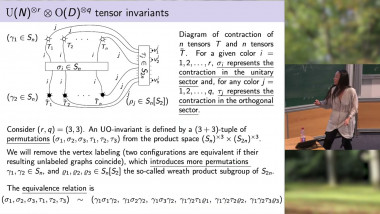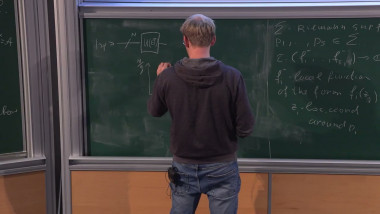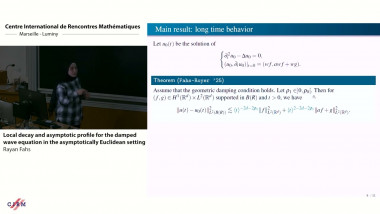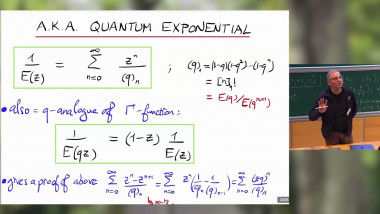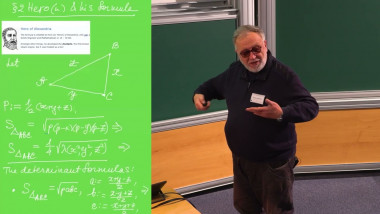Appears in collection : Spectral days / Journées méthodes spectrales
We consider the one-particle Schrödinger operator in two dimensions with a periodic potential and a strong constant magnetic field perturbed by slowly varying non-periodic scalar and vector potentials, $\phi(\varepsilon x)$ and $A(\varepsilon x)$ , for $\epsilon\ll 1$ . For each isolated family of magnetic Bloch bands we derive an effective Hamiltonian that is unitarily equivalent to the restriction of the Schrödinger operator to a corresponding almost invariant subspace. At leading order, our effective Hamiltonian can be interpreted as the Peierls substitution Hamiltonian widely used in physics for non-magnetic Bloch bands. However, while for non-magnetic Bloch bands the corresponding result is well understood, both on a heuristic and on a rigorous level, for magnetic Bloch bands it is not clear how to even define a Peierls substitution Hamiltonian beyond a formal expression. The source of the difficulty is a topological obstruction: In contrast to the non-magnetic case, magnetic Bloch bundles are generically not trivializable. As a consequence, Peierls substitution Hamiltonians for magnetic Bloch bands turn out to be pseudodifferential operators acting on sections of non-trivial vector bundles over a two-torus, the reduced Brillouin zone. As an application of our results we construct a family of canonical one-band Hamiltonians $H_{\theta=0}$ for magnetic Bloch bands with Chern number $\theta\in\mathbb{Z}$ that generalizes the Hofstadter model $H_{\theta=0}$ for a single non-magnetic Bloch band. It turns out that the spectrum of $H_\theta$ is independent of $\theta$ and thus agrees with the Hofstadter spectrum depicted in his famous (black and white) butterfly. However, the resulting Chern numbers of subbands, corresponding to Hall conductivities, depend on $\theta$ , and thus the models lead to different colored butterflies.
This is joint work with Silvia Freund.
